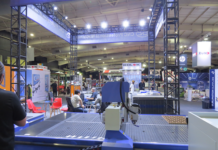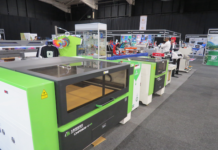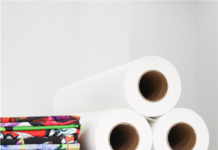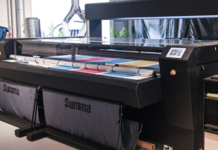Mafalda Theias from All3DP outlines the process of creating a vector design and simplifying the intricate process of laser cutting acrylic. Before getting into laser cutting, it’s important to understand what a laser cutting machine is and how it works.
A typical laser cutter connects a computer and works in the X and Y axes. (In other words, it’s a bidimensional machine.) The computer controls the laser (power, frequency, speed). Other aspects — like table setup, lenses and focus, exhaust, gas and material preparation — must be done manually. All these variables can influence the quality of the laser cut.
With the acrylic sheet in place, the laser will vaporise the solid material, creating a thin, smooth, and glossy surface with extreme precision.
How to prepare a file
To laser cut, it’s important to have a good vector model. This model is comparable to a drawing with a single line. The computer will process this line and cut it into the acrylic sheet. You can work in any of the different CAD software tools available to create your vector file. Some popular examples include: CorelDRAW; Adobe Illustrator CC; AutoCAD; Inkscape and TurboCAD.
To prepare the file, one must know the programme in which the machine is working. Most of the programmes work in RGB mode and in millimetres. In this case, the colour of each line must be indicated by the producer and the stroke weight must be 0.01mm.
Tips:
– Minimum distance between components: if there are a lot of parts to cut, it is best to keep them as close to each other as possible (usually limited to 2mm between components, but it depends on the thickness of the sheet).
– Outline text: if there is text in the model, only the outline will be cut. Enclosed letters (A, O, B, …) must have a link that bridges internal and external spaces, like stencil letters.
– Unnecessary points: each component must be a continuous vector, without unnecessary anchor points or overlapping lines. Too many of the former will damage the quality of the final result.
– Assembled parts: components that need to be assembled must have a kerf (width) difference of 0.4mm between the measurements of each piece.
– Acrylic is a weak material to work on. Sharp angles, for examples, are likely to break. The solution is to add a small hole to each sharp corner. This will allow the stress to distribute itself across the entire surface.
This article was sourced from: all3dp.com















